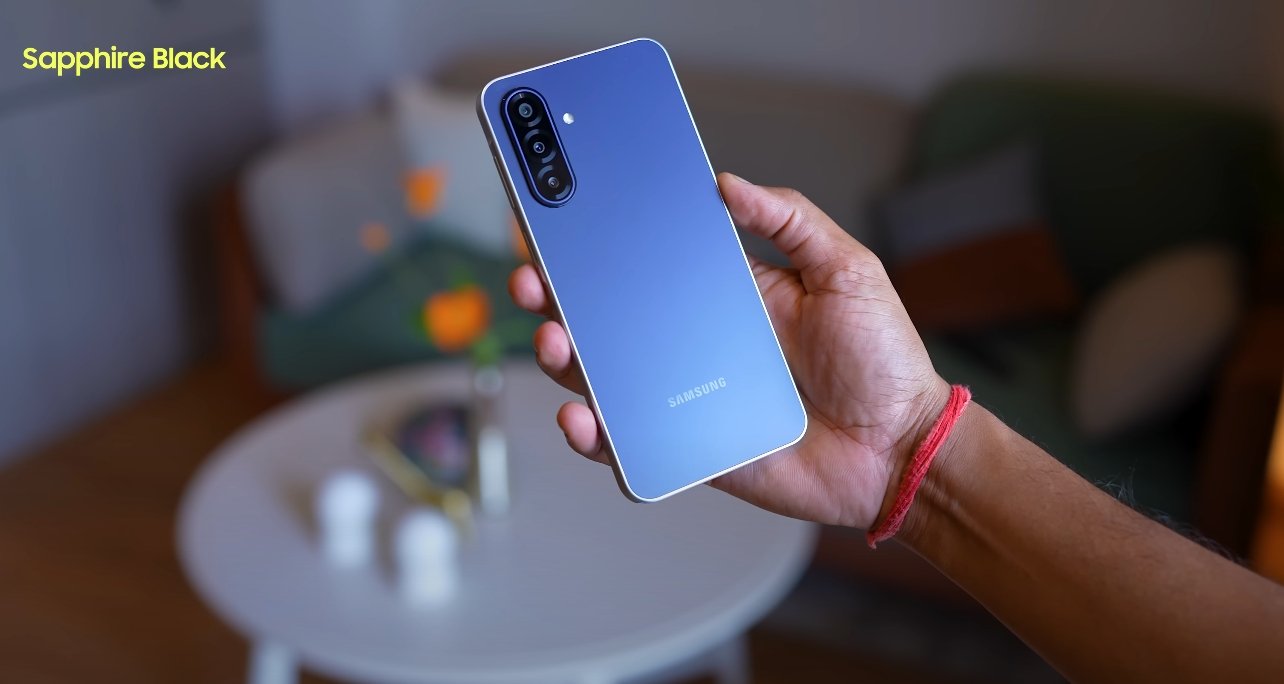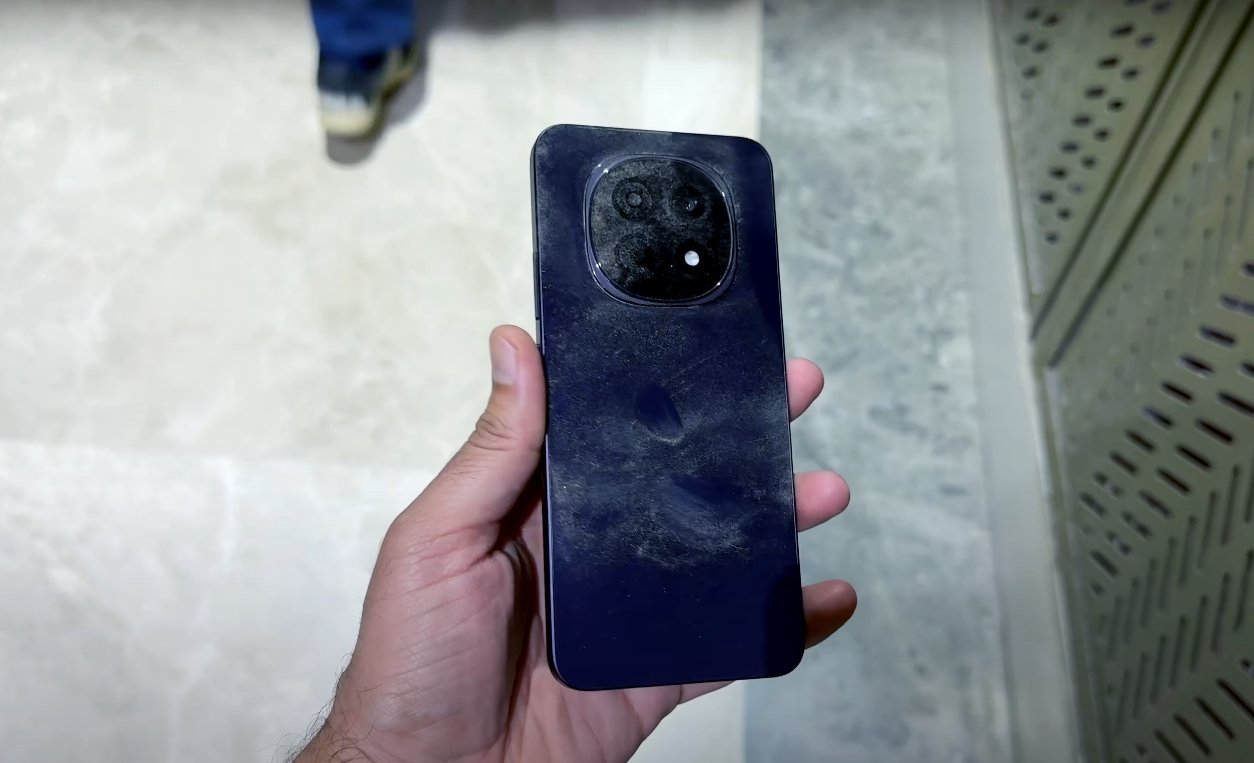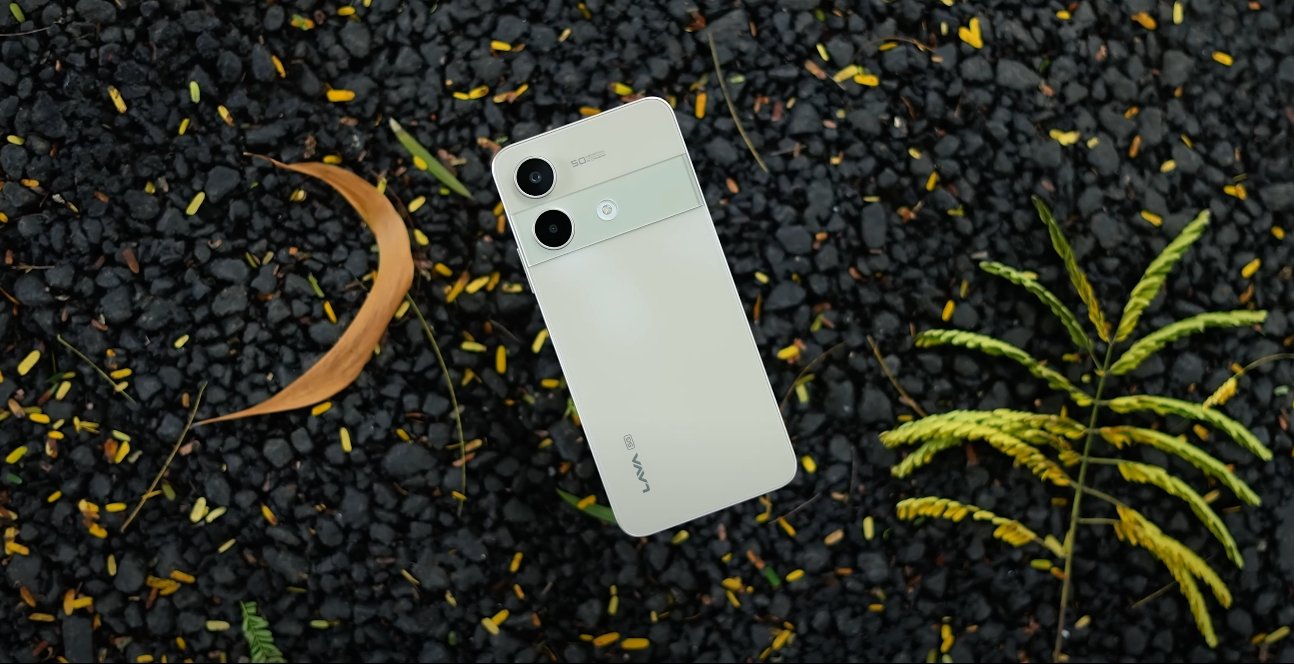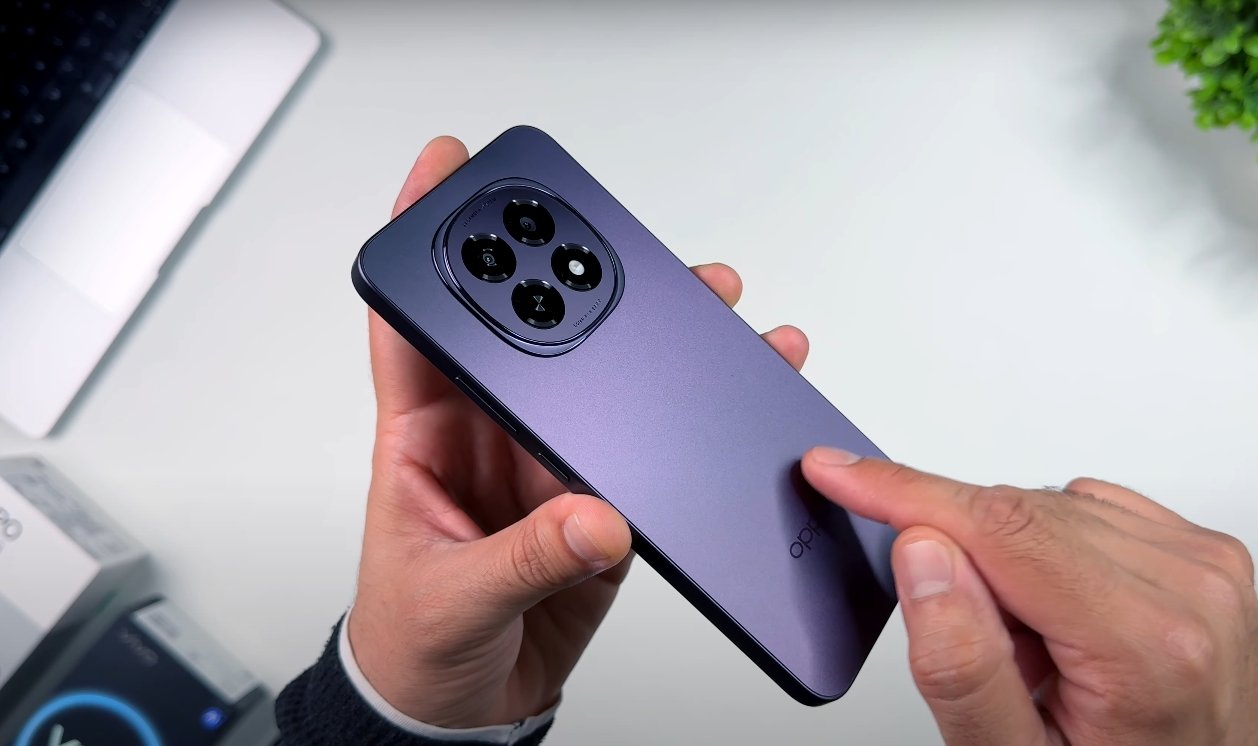How Sample Photos from Both Phones Compare in Real Use
Reviewers and camera analysts have shared many sample images from both the Oppo Find X8 Ultra and the Pixel 9 Pro XL, giving us insight into how their cameras perform across lighting, zoom, portraits, and general image quality. While neither manufacturer releases all test images publicly, the shared samples and lab tests show clear trends in strengths and trade-offs.
Starting with daylight and general scenes, the Oppo Find X8 Ultra delivers images with rich detail, wide dynamic range, and realistic tones. Its large 1-inch sensor and multi-lens setup help capture fine textures in foliage, architecture, and human subjects. In many sample photos, its 3× and 6× telephoto lenses maintain sharpness and clarity even when zoomed moderately, with minimal softness or artifacting. Illustrations include food close-ups and nature shots where the 3× telephoto shows crisp edges, and 6× zooms that retain a lot of clarity before software enhancement steps in.
The Pixel 9 Pro XL also produces strong results, especially in consistent exposure, accurate white balance, and smooth rendering in mixed lighting. Its main lens samples show excellent control over highlights and shadows, delivering pleasing contrast without blowing out bright areas too aggressively. In sample galleries, the ultrawide images are also brighter than prior Pixel models, and the 5× telephoto lens holds up well in favorable light, though slight softness and texture loss appear when pushed beyond that.
In low light or night mode scenarios, the differences become more pronounced. The Oppo Find X8 Ultra frequently handles shadows and dim areas more effectively, retaining detail with less noise and better clarity in deeper tones. The wide aperture and sensor size give it an edge in pulling in light, reducing the reliance on heavy processing. Pixel 9 Pro XL samples do well in low light too, offering decent exposure and color balance, but some images show chroma noise or slight texture smoothing in very dark areas.
When zooming, the Oppo Find X8 Ultra’s dual periscope lenses allow optical zoom at 3× and 6× before digital assistance kicks in. Sample photos at these levels often retain crisp detail, with telephoto images holding fine lines well. The Pixel 9 Pro XL’s 5× telephoto lens gives solid results up to that point, but beyond 5× it leans more on cropping or digital zoom, which leads to visible softness. Some samples show the Pixel attempting 10× digital zoom and beyond; the images are usable for social sharing, but lose sharpness and texture compared to native optical zoom.
Portraits and subject isolation are another key area. Oppo’s samples often show natural skin tones, good edge separation, and believable bokeh transitions, especially when using the 3× telephoto. The Pixel 9 Pro XL also shines here, offering clean subject focus, consistent skin rendering, and reliable background blur. Its algorithm is mature and avoids over-processing the face in many test images.
In color science, the two phones lean a bit differently. Oppo tends toward more neutral, slightly warmer tones, emphasizing realism without pushing saturation too hard. Many users appreciate this for everyday scenes and portraiture. The Pixel 9 Pro XL tends to maintain color accuracy and neutrality, with whites that stay clean and balanced even in tricky lighting. In sample comparisons, Oppo’s images sometimes look a touch more vibrant, but neither phone over-saturates excessively.
Overall, sample images suggest that the Oppo Find X8 Ultra holds advantages in zoom clarity (especially at 3× and 6×), noise control in low light, and fine detail under challenging conditions. The Pixel 9 Pro XL excels in balanced exposure, reliable autofocus, and consistent color reproduction across different lenses. For users who frequently zoom or shoot in low light, Oppo may deliver a bit more headroom. For those who prioritize overall image harmony and simplicity, Pixel remains a trusted pick.
Also Read: Samsung Galaxy M17 5G camera vs iPhone SE 3 comparison






